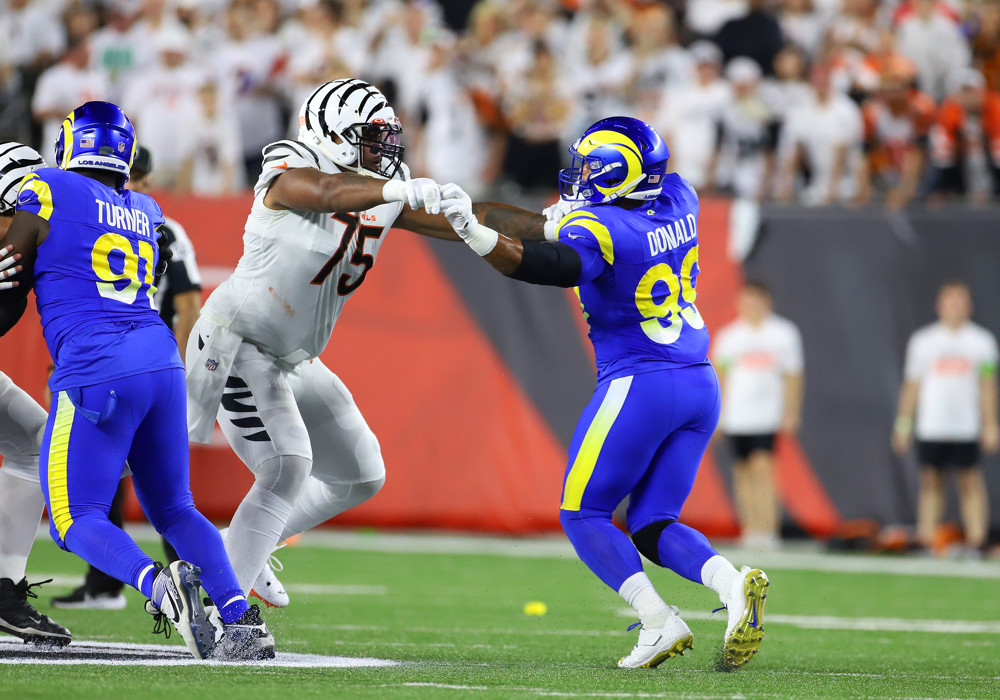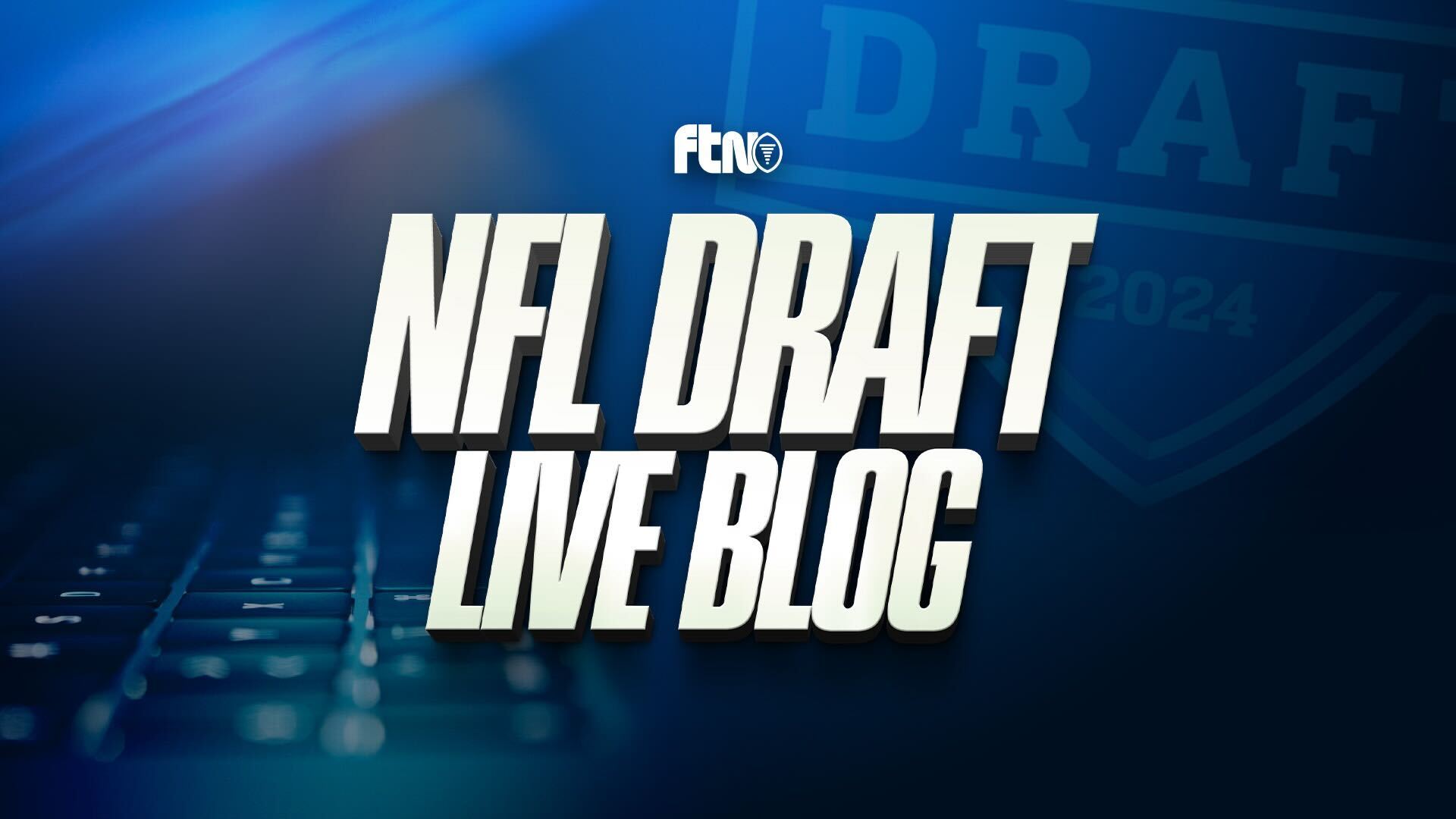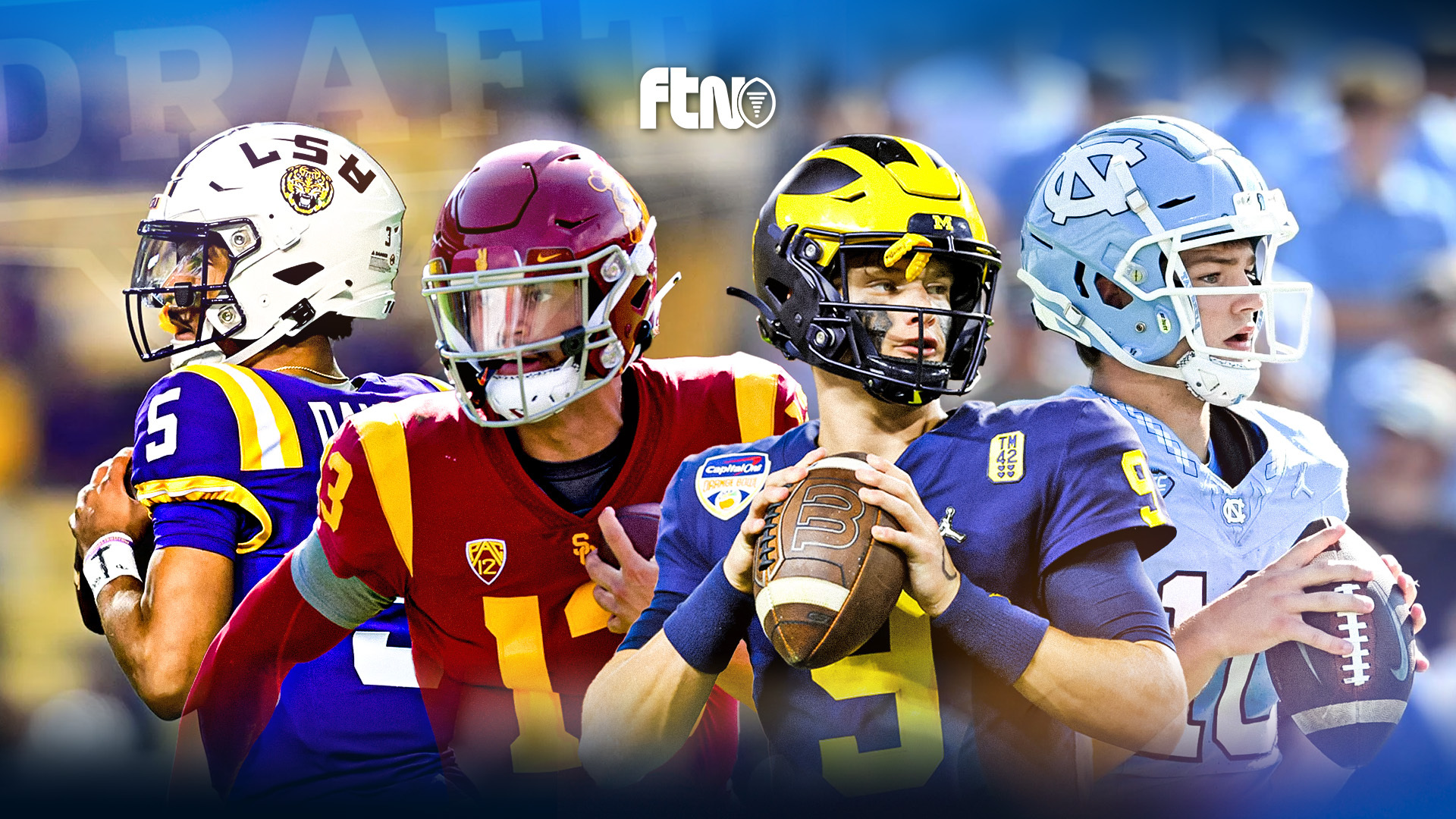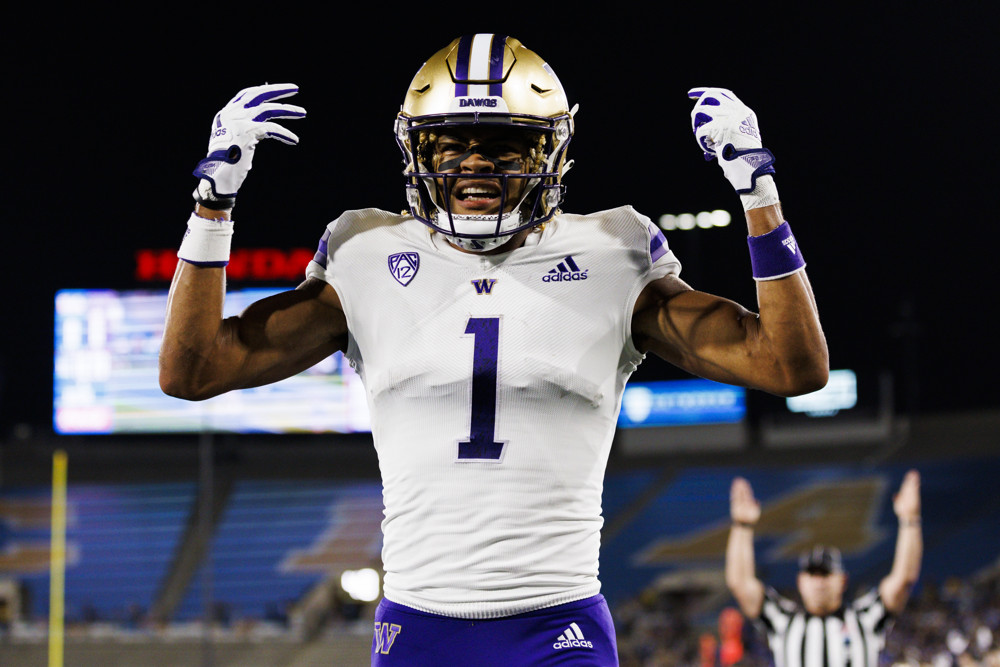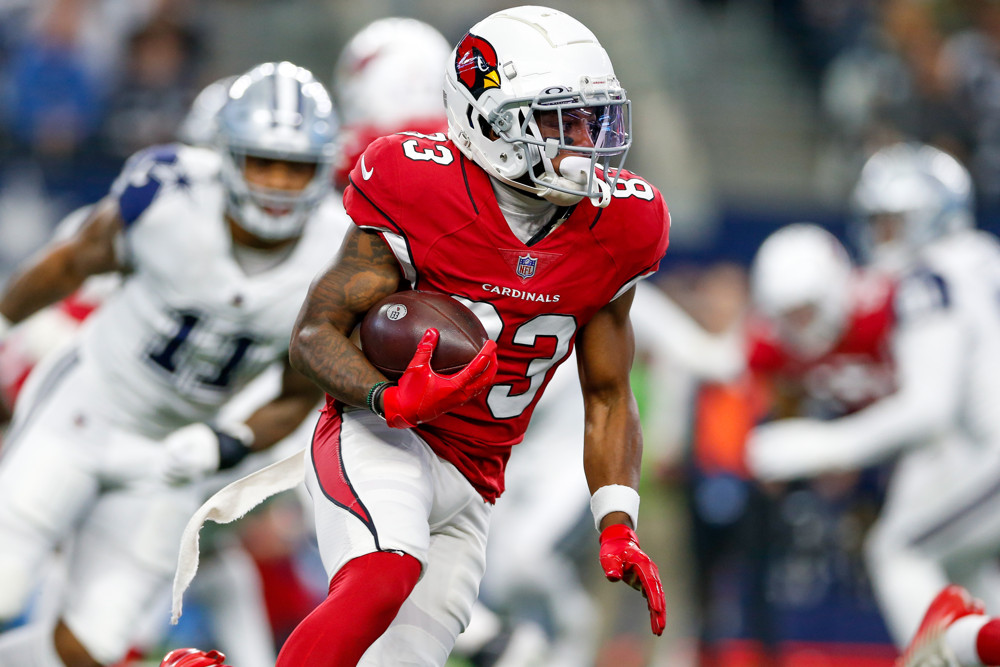
The 2021 season is in the books, and it’s time to kick off the new year. After only a week-plus of free agency, 2022 has become arguably the most active offseason in NFL history. Players are constantly shuffling around the league as teams prepare for the NFL draft.
We’re still a ways off from standard redraft season, but plenty of dynasty leagues are starting up as we speak, and the first question that has to be asked for any startup draft is: Who should be the first pick? Today we’re going to dive in and see if we can determine the 1.01 in dynasty startup drafts for 2022.
How to Approach the 1.01
Drawing the 1.01 of the draft can be both rewarding and intimidating. You have the entire player pool at your disposal as you are about to select the cornerstone of your franchise. In a single quarterback, non-superflex league, we typically want to wait to draft the one-off positions (quarterbacks and tight ends) because of the depth and lack of separation. That means the decision comes down to running back or wide receiver. In a season-long lens, elite RBs tend to outscore WRs. The gap is even greater in half- and non-PPR leagues. It is often difficult to find high-end RB production later in the draft, so it makes sense to attack the position early.
On the flip side, although WRs may not regularly score as many points as the top RBs, they have more long-term value. This is because the year-to-year consistency and durability of WRs are much greater than RBs.
All this means that there is a limited pool of options for first overall in a dynasty draft. On the running back side, the necessary combination of youth and upside means we basically have only one candidate. You could argue for a couple names at wide receiver as well, but one stands above the pack. Let’s look at the options.
The Case for Jonathan Taylor
In just his second season in the NFL, Jonathan Taylor finished as the RB1 and has a strong argument to be ranked as such heading into 2022. He led the league in rushing yards (1,811), rushing attempts (332), rushing touchdowns (18), rushing yards per game (106.5) and rushing first downs (107) and even accounted for the longest rush of the season (83 yards). Taylor also got it done through the air, tacking on 360 receiving yards and two receiving touchdowns. At 22 years old, Taylor became the youngest player in NFL history to record 2,000 scrimmage yards and 20 touchdowns.
Although he has the luxury of playing behind one of the best offensive lines in the league, he brings plenty to the table on his own. Yards created is a metric that tracks the number of yards generated above and beyond what is blocked, eliminating offensive line play from the equation, and Taylor was responsible for a league best 1,382 yards created. He was also inside the top five in yards created per touch (3.72).
Taylor finished as fantasy’s RB6 in his rookie season in 2020, but his 2021 ADP was suppressed due to training camp woes and injuries surrounding his new quarterback Carson Wentz and All-Pro guard Quenton Nelson. He paid off in a big way, but now Taylor enters another offseason with question marks surrounding the offense. After trading away Wentz to the Washington Commanders, the Colts acquired former Atlanta Falcons QB Matt Ryan. But regardless, Taylor’s two seasons should serve as a reminder that no matter who is under center, the Colts will continue to lean on the run game run and feature their star-studded back.
The Case for Ja’Marr Chase
Remember when Ja’Marr Chase “couldn’t catch”? Like Taylor, Chase saw his ADP steadily decline throughout the offseason, as reports indicated he was struggling with drops and could even lose early-season snaps to Auden Tate. Those who invested in Chase at a discount were rewarded with a top-five WR finish in one of the most dominant rookie campaigns. After opting out of the 2020 season at LSU due to the pandemic, Chase hit the ground running in the NFL, catching 81 passes for 1,455 yards and 13 touchdowns. His 1,455 receiving yards set a new rookie record, barely edging out his former college teammate Justin Jefferson.
Chase thrived on efficiency, coming in at second in yards per reception (18.0) and third in yards per target (11.4). He also set the single-game rookie receiving record in Week 17 against the Chiefs, gaining 266 yards on 11 receptions and scoring 3 touchdowns, the second time in the 2021 season he eclipsed 200 yards. Chase continued to shatter records in the playoffs with consecutive 100-yard games en route in the Wild Card and Divisional Rounds to beat Torry Holt for the most receiving yards by a rookie in a postseason (368). And while Taylor will be on his third quarterback to start the 2022 season, Chase finds himself in an ideal and static situation, tied to his former college QB, Joe Burrow.
Unlike at running back, where Taylor is the only real candidate for dynasty 1.01, there is another contender at wide receiver. Chase’s former college teammate Justin Jefferson now has two elite seasons under his belt. He’s on an incredible pace, holding the record for most receiving yards in a players’ first two seasons (3,016). That said, Chase narrowly beats out Jefferson in this exercise because of his offense’s long-term outlook. There is still a great deal of unknown with the Minnesota Vikings’ new head coach Kevin O’Connell and the future of Kirk Cousins.
Verdict
In the end, our debate comes down to two generational talents. On top of all their other merits, both have demonstrated week-winning upside — they were responsible for the two highest-scoring fantasy games of the 2021 season (Chase had 55.6 points in that Week 17 game; Taylor had 53.4 in Week 11 against the Bills).
There’s an argument to be made that this is a “no wrong answers” debate, but in the end, Chase gets the slight nod over Taylor as the dynasty 1.01. A few factors played into this decision, starting with presumed longevity. Chase is likely to age more gracefully in fantasy, simply due to his position. As stated earlier, WRs have a longer shelf life than RBs and are less likely to see a significant dropoff in production year over year. Over the last two seasons, only three RBs have appeared in all 33 games — Devin Singletary, Darrel Williams and Taylor’s teammate Nyheim Hines. Obviously, COVID-19 played a role in that, but the simple truth is that running backs are risky.
Chase also belongs in an offense with more stability surrounding the QB position, unlike Taylor, who is set to play alongside his third signal-caller in as many seasons.
In the end, a legitimate case can be made for both of these players (and Justin Jefferson), and all three they belong in a tier of their own in dynasty. However, as it stands, Chase is currently the most valuable asset in dynasty and is deserving of the first pick in dynasty drafts.
















